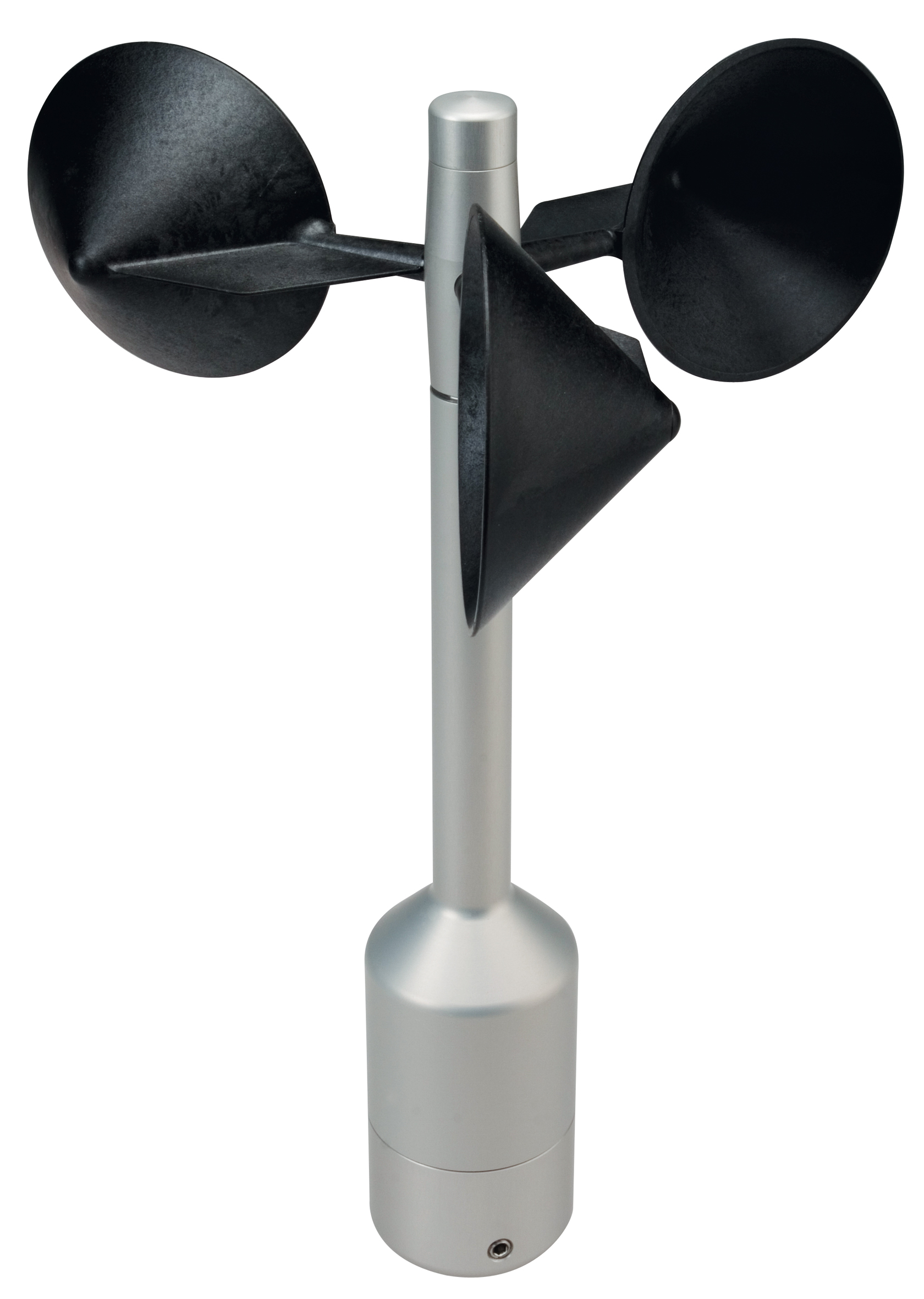Why an Anemometer is Crucial for Your Environmental Data Collection
Why an Anemometer is Crucial for Your Environmental Data Collection
Blog Article
All You Required to Know Regarding Anemometers: Exactly How They Function, Why They Issue, and Where to Make use of Them
Anemometers, though frequently forgotten in the world of scientific tools, play an important duty in numerous areas, providing beneficial understandings right into wind rate and air movement patterns. Understanding the auto mechanics behind these gadgets is essential for anyone seeking to harness the power of this data. From meteorologists tracking weather patterns to designers making structures with wind tons in mind, the applications of anemometers are far-reaching and varied. As we look into the ins and outs of anemometer innovation, we will certainly reveal the internal workings of these tools, their significance, and the key factors to consider when selecting the best anemometer for details applications.

Anemometer Fundamentals
A crucial instrument utilized to determine wind rate and instructions, the anemometer plays an important duty in meteorology and numerous markets. An anemometer generally is composed of three or 4 cups that revolve in the wind, a vane that directs into the wind, and sensing units to track the rotations or activities.
There are numerous kinds of anemometers available, consisting of mug anemometers, vane anemometers, hot-wire anemometers, and sonic anemometers, each with its unique features and applications. Mug anemometers are generally used for fundamental wind rate measurements, while vane anemometers are favored for directional measurements.
Concepts of Anemometer Operation
Building on the fundamental understanding of anemometer fundamentals, the principles of anemometer procedure elucidate the mechanics behind wind rate and instructions dimensions. Anemometers run on the concept of airflow impacting a sensor, causing it to rotate. Cup anemometers, as an example, have 3 or even more cups that capture the wind, triggering them to spin quicker as the wind rate rises. The turning rate is then transformed right into a wind rate dimension. Vane anemometers, on the various other hand, use a tail or a probe that aligns itself with the wind direction, supplying a measurement of wind direction based upon the alignment of the sensing unit. Hot-wire anemometers count on a warmed cord that cools as wind overlooks it, with the rate of cooling identifying the see here wind speed. Ultrasonic anemometers step wind rate and direction by examining the moment it takes for ultrasonic signals to take a trip in between transducers. Comprehending these principles is vital for trusted and exact wind measurements in different applications.
Significance of Anemometers
Anemometers play an essential duty in determining wind speed and direction, giving necessary information for climate projecting, environment research studies, ecological surveillance, and aeronautics procedures. Meteorologists count on anemometers to gather exact wind information, assisting them comprehend weather condition patterns, forecast tornados, and problem prompt warnings to the public. Wind ranch drivers make use of anemometers to assess wind conditions and make best use of electrical energy manufacturing from wind generators.
Applications Throughout Different Industries
In the eco-friendly power field, anemometers play a critical duty in assessing wind conditions for wind farm placements, making sure ideal power production. Industries like building and mining make use of anemometers to check wind rates, vital for security procedures, specifically when functioning at heights or in open-pit mines where strong winds can present dangers. In agriculture, anemometers assist you could try here farmers in managing crop splashing by giving real-time information on wind rate to stay clear of drift.

Picking the Right Anemometer for Your Requirements
For basic functions, a cup anemometer is suitable for determining wind speed, while a vane anemometer provides wind direction information. Hot-wire anemometers are excellent for reduced airspeed dimensions, and ultrasonic anemometers use high accuracy and durability.

Conclusion
In conclusion, anemometers play a critical role in determining wind rate and instructions across numerous industries. It is crucial to take into consideration the value of anemometers in order to make enlightened choices when choosing the most ideal tool for gauging wind conditions.
There are different kinds of anemometers available, consisting of cup anemometers, vane anemometers, hot-wire anemometers, and sonic anemometers, each with its distinct functions and applications. Mug anemometers are generally utilized for fundamental wind rate dimensions, while vane anemometers are preferred for directional measurements. Hot-wire anemometers great site are ideal for reduced airspeeds, and sonic anemometers are perfect for high-precision measurements in research study and commercial setups.Building on the foundational understanding of anemometer basics, the principles of anemometer operation elucidate the auto mechanics behind wind speed and instructions measurements. For general functions, a cup anemometer is suitable for determining wind speed, while a vane anemometer supplies wind instructions data.
Report this page